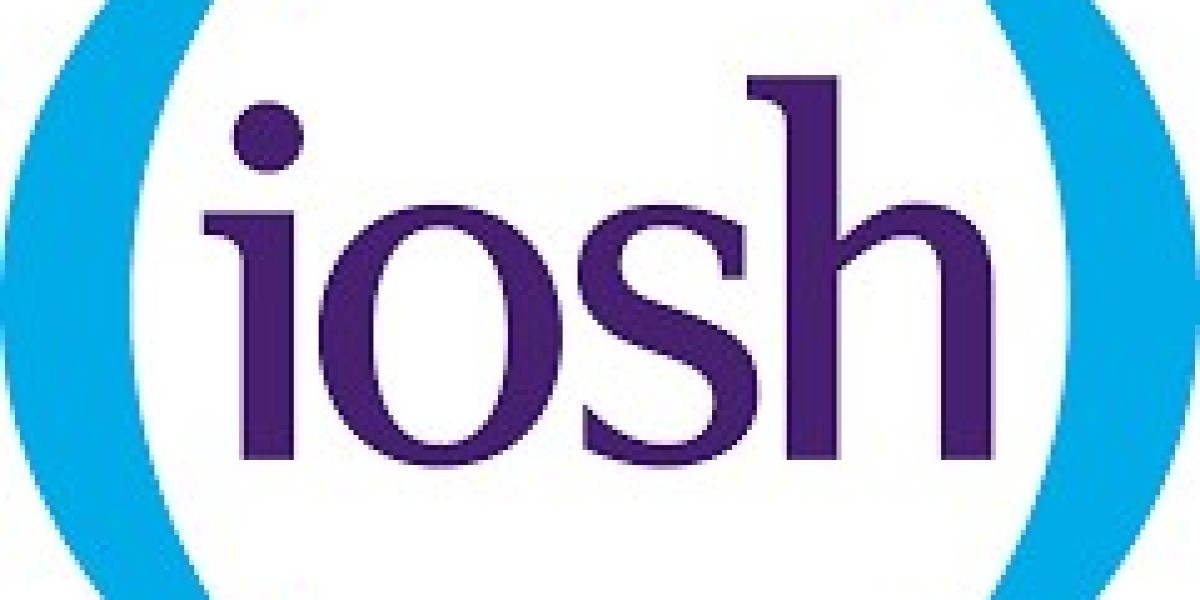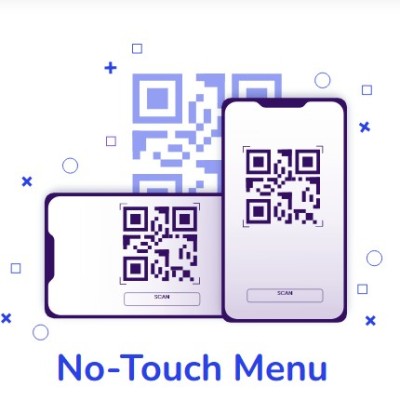In today’s globalized business landscape, offshore development teams have become indispensable for companies looking to tap into specialized expertise and scale operations cost-effectively. However, collaborating across time zones and cultural boundaries introduces unique challenges, particularly in communication. Effective communication is the cornerstone of project alignment, productivity, and trust-building with your offshore team. This guide explores actionable strategies, tools, and best practices to foster a collaborative environment, even when teams are continents apart.
The Critical Role of Communication in Offshore Development
Communication is the backbone of any successful project, and this is especially true for offshore software development. Miscommunication is a leading cause of project failure, with the Project Management Institute (PMI) reporting that 56% of failed projects stem from ineffective communication (PMI, 2023). When teams are distributed globally, establishing robust communication practices is essential to avoid misunderstandings, delays, and inefficiencies.
1. Embrace Cultural Awareness for Stronger Collaboration
Cultural differences can significantly impact communication dynamics. Understanding the cultural context of your offshore team’s location is crucial for fostering collaboration. Research by Deloitte reveals that companies investing in cross-cultural training experience a 30% improvement in team productivity and collaboration (Deloitte, 2022).
Pro Tip: Familiarize yourself with the cultural norms of your team’s region. For example, while Western cultures often value direct communication, some Asian cultures may prefer indirect or nuanced communication styles.
Tools to Use: Leverage frameworks like Hofstede’s Cultural Dimensions or organize cross-cultural training sessions to bridge cultural gaps.
2. Define Clear Expectations with Detailed Documentation
Clear, documented processes are vital for minimizing miscommunication in offshore teams. Written guidelines ensure everyone shares a common understanding of project goals, timelines, and workflows. According to Basecamp, teams using structured documentation experience 30% fewer errors in project execution (Basecamp, 2022).
Best Practice: Develop a comprehensive internal guide that outlines project objectives, roles, and processes.
Tools to Use: Utilize task management platforms like Asana, Trello, or Monday.com to assign responsibilities, track progress, and maintain a single source of truth for project details.
3. Leverage the Right Communication Tools
Choosing the right tools is critical for communication efficiency. With the rise of remote work, there’s no shortage of collaboration tools designed to streamline communication. Buffer’s State of Remote Work report highlights that 80% of remote teams prefer tools that integrate project management and communication (Buffer, 2023).
Top Tools to Consider:
Slack for real-time messaging and team collaboration.
Zoom or Microsoft Teams for video conferencing and virtual meetings.
Jira or ClickUp for task tracking and project management.
Pro Tip: Create dedicated channels or workspaces for specific projects to keep communication organized and accessible.
4. Schedule Regular Check-Ins and Meetings
Consistent communication is key to keeping offshore teams aligned with project goals. Gallup reports that 74% of remote workers feel more engaged and aligned with company objectives when regular check-ins are in place (Gallup, 2023).
Types of Meetings to Implement:
Daily Standups: Brief 15-minute meetings to discuss progress and address immediate challenges.
Weekly Progress Reviews: In-depth discussions to evaluate progress and resolve broader issues.
Monthly Retrospectives: Reflect on achievements, identify areas for improvement, and adjust strategies.
Challenge: Time zone differences can complicate scheduling. Aim for overlapping working hours to accommodate all team members.
5. Use Visual Aids and Translation Tools
Visual aids and translation tools can bridge language and communication gaps. Diagrams, flowcharts, and video demonstrations are particularly effective for clarifying complex ideas, especially for non-native English speakers. According to Harvard Business Review (HBR), 63% of remote workers find visual aids enhance understanding and engagement (HBR, 2023).
Tools to Try:
Miro or Figma for collaborative visual brainstorming.
Loom for screen recordings and task explanations.
Google Translate or Microsoft Translator for overcoming language barriers.
6. Provide Timely and Constructive Feedback
Feedback is a cornerstone of effective collaboration, especially in offshore settings where face-to-face interactions are limited. Gallup’research shows that 67% of remote employees feel more engaged when they receive regular feedback (Gallup, 2023).
Best Practices:
Conduct weekly check-ins to provide quick, actionable feedback.
Schedule monthly or quarterly reviews to assess progress and address challenges.
Encourage two-way feedback to foster open communication and trust.
7. Partner with Experts for Seamless Offshore Collaboration
For businesses aiming to optimize communication with offshore teams, partnering with experienced providers can make a significant difference. AquSag Technologies specializes in helping companies establish structured communication frameworks, implement cross-cultural training, and tailor solutions to meet unique team needs.
With over a decade of experience in managing offshore teams, AquSag offers:
Customized communication protocols.
Cross-cultural integration support.
Tools and strategies to enhance










